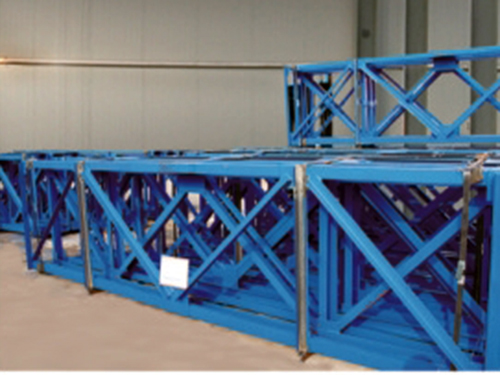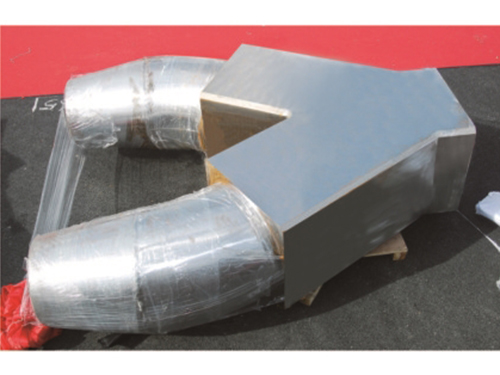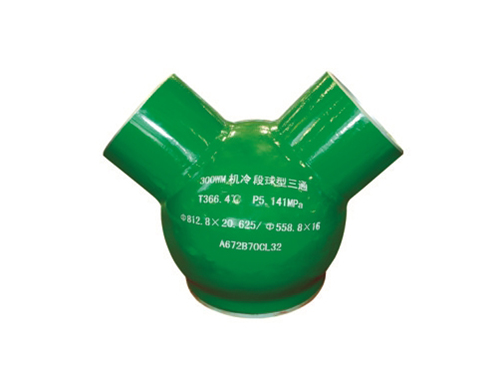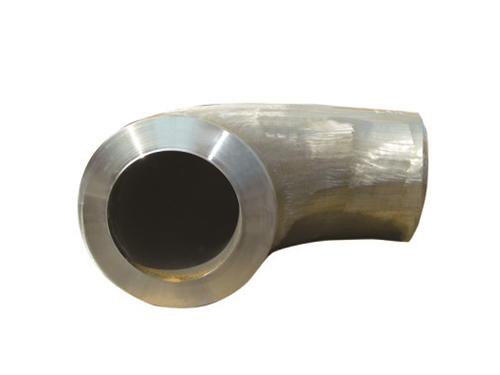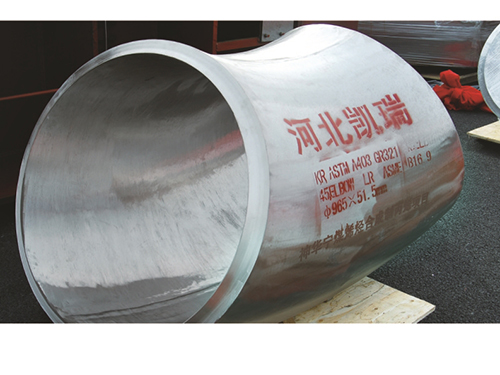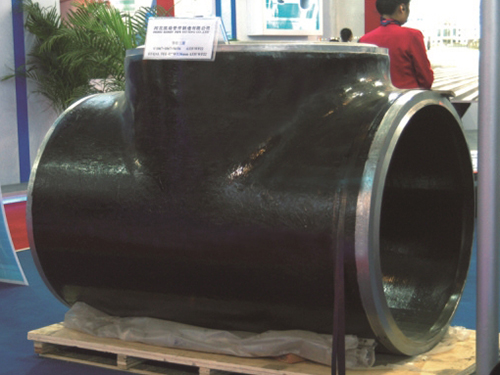Cleaning knowledge of carbon steel flanges
During the heating and cooling process of carbon steel flanges, due to the inconsistency in cooling speed and time between the surface and core, a temperature difference is formed, which can lead to uneven volume expansion and contraction, resulting in stress, namely thermal stress. Under the action of thermal stress, due to the initial temperature of the surface being lower than the center and the contraction being greater than the center, the center is subjected to tension. When cooling is completed, the surface is compressed and the center is subjected to tension due to the inability of the volume contraction of the core to cool freely. Under the action of thermal stress on carbon steel flanges, the surface of the workpiece is compressed and the center is pulled in the later stage. This phenomenon is influenced by factors such as cooling rate, material composition, and heat treatment process. The faster the cooling rate, the higher the carbon content and alloy composition, the greater the uneven plastic deformation generated by thermal stress during the cooling process of carbon steel flanges, and the greater the residual stress formed
How to clean carbon steel flanges in application? Next, let's talk in detail about the relevant knowledge:Firstly, in the closed state, there is still some residual medium in the valve body, which is also under corresponding pressure. Before inspecting the carbon steel flange, the shut-off valve in front of the carbon steel flange should be closed, and the carbon steel flange that needs to be inspected should be opened to fully release the internal pressure of the valve body. If it is an electric carbon steel flange or pneumatic ball valve, the power and air sources should be disconnected first
Secondly, generally soft sealed carbon steel flanges use PTFE as the sealing material, and the sealing surface of hard sealed ball valves is made of metal overlay welding. If it is necessary to clean the pipeline ball valve, caution should be taken during disassembly to prevent damage to the sealing ring and leakage 3. If cleaning the valve, the solvent used should not conflict with the parts to be cleaned and should not corrode. If it is a carbon steel flange for gas use, gasoline can be used for cleaning. Other components can generally be cleaned with medium water 4. When disassembling carbon steel flanges, the bolts and nuts on the flange should be fixed first, and then all nuts should be slightly tightened and firmly fixed. If individual nuts are forcibly fixed first, and then other nuts are fixed, uneven loading between flange surfaces may cause damage or rupture of the gasket surface, leading to leakage of the valve flange joint medium 5. When cleaning, all residual dust, oil stains, and other attachments should be thoroughly cleaned. If they cannot be cleaned with clean water, targeted cleaning agents such as alcohol can be used without damaging the valve body and components. After cleaning, wait for all cleaning agents to evaporate before assembling 6. Before use, clean the pipeline and valve body with water to prevent residual iron filings and other debris from entering the valve body cavity 7. If slight leakage is found at the packing during use, the valve stem nut can be slightly tightened until the leakage stops. Do not continue to tighten Carbon steel flanges have excellent compression performance in terms of design stress. However, due to various factors, the actual wall thickness of underfloor heating pipelines is usually the same. Under this wall thickness, various pipelines can meet the requirements of underfloor heating. Therefore, the pressure resistance advantage of national standard carbon steel flanges cannot meet the requirements of underfloor heating. Reflective; Thermal conductivity: Pipelines used for floor heating require good thermal conductivity, low-temperature thermal shock resistance, and low-temperature impact resistance. The heating range for local preheating on both sides of the weld seam is 150-2000mm. When conditions permit, it is advisable to use alkaline electricity. If stress relief heat treatment cannot be carried out after welding, immediate post weld heat treatment should be carried out





 Current location:
Current location: